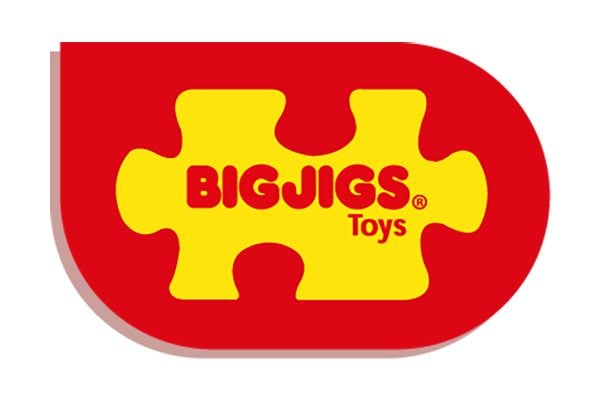Today is a big day in much of the UK, not quite the promised freedom day, but a few nightclubs opened at midnight to let the crowds onto the dancefloor once again and weddings are taking place today with no coronavirus restrictions hampering their celebrations for those that are brave enough. But what about ecommerce? Delivery expectations are perhaps at an all time high as we’ve shopped from home for 15 months, so what should we expect now that lockdown is no longer regulated by law but becomes a matter of personal choice and personal responsibility.
In this guest post today, Rory O’Connor, founder and CEO of Scurri, takes a look at delivery expectations and his forecast of what consumers will demand and expect:
Delivery expectations as England lockdown eases
Over the last 24 months, many industries have suffered as a result of the COVID-19 pandemic and its impact on businesses. Worldwide lockdowns and public restrictions caused many physical storefronts to shut down temporarily, and in some cases permanently. Highstreets globally, which once were filled with life and customers, were left abandoned for months at a time. As a result, many consumers found themselves pivoting to online shopping and delivery services.
While this trend has been accelerated as a result of the pandemic, delivery services had surged in prominence in the years prior. In the UK, there was an increase of online sales by 35% between 2014 and 2019. These results were mirrored globally, as the US and other European countries witnessed similar growth. What was once a steady paced trend has exploded in recent months. Online retailers have been one of the biggest winners from the pandemic. The value of retail sales online was 58.8% higher in May 2021 than in February 2020. In 2020, 87% of UK households made online purchases within the year, making this the highest online purchase penetration rate in the past 11 years in the UK.
As we look forward, and as things return to normal, what is the future for delivery?
England, despite health warnings, has pushed forward with their reopening strategy, with restaurants, pubs, hairdressers and non-essential retail stores all back operational. The first week of reopening non-essential retail stores in April showed footfall increased by 200% from the previous week. Despite this jump, footfall was down when compared to the same week in 2019. What has changed for consumers?
While we wish to get back to normal, customer demands and habits have been altered for the foreseeable. Research that we conducted across the UK in February 2021 found that 61% of all consumers plan to continue to shop online in 2021 at the same rates they did in 2020, highlighting this shift. There has been a change created in customer behaviours and motivations, as they have become accustomed to a new way of living. Younger generations had already known the benefits of delivery services – the convenience and ease suits their lifestyle. While older generations had been unfamiliar with delivery services, they have now experienced the advantages of online shopping and delivery services.
Additionally, even as we look to return to normal, coronavirus is not simply receding from view. The last year and a half have brought awareness to the public regarding health and safety. While people may have been eager to return to the experience of physical shopping, this is not the case across the board. Many consumers will not wish to return to the old way of life, with priorities shifting to well-being. This benefit to consumers, coupled with delivery options being the convenient, and increasingly reliable, option show that this trend is not purely ‘trendy’ but here to stay.
As a retailer, understanding the cost of failure your product brings is very important to building your customer base, keeping costs down, and ensuring that the system continues to run smoothly. Retailers need actionable visibility and control over the full delivery process and how they communicate updates to their customers. Not only do retailers need to be able to see and access delivery data, they also need to be empowered to resolve service issues before they potentially become customer-facing nightmares, which in turn reduces the volume of ‘where is my order’ calls.
It is important with this trend that retailers engage in clear and transparent delivery and tracking services. A reservation many new time online shoppers have is the fear that their package may be lost on route. To both gain and retain customers through this channel, error should be avoided and all steps of the process should be visible to the consumer.
The forecasted growth rate for online shopping in the UK by 2023 is at 34.5%, however demand for in-person shopping will continue to exist, albeit at a smaller level. Retailers who can optimise both their in-store space for the in-person shopping experience as well as online orders, and fulfillment centres and warehousing will be ahead of the competition when it comes to ecommerce and retail as a whole as the online shopping trend continues. Stores may be reopening, but things will never be the same and this trend is now part of our ‘new normal’. Delivery was guaranteed to be part of the future of retail, but coronavirus simply catapulted it to the forefront.









